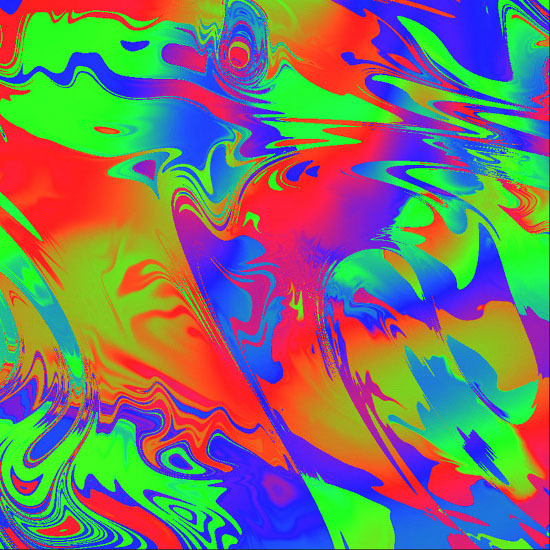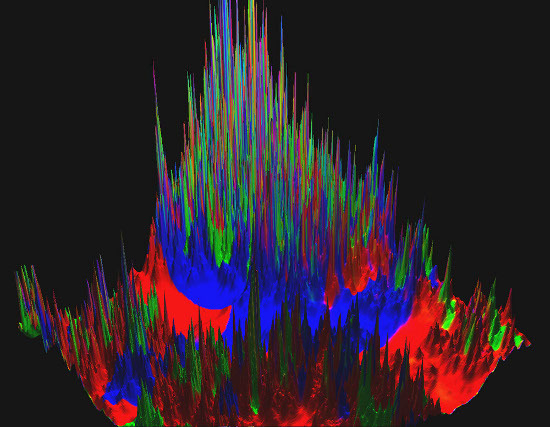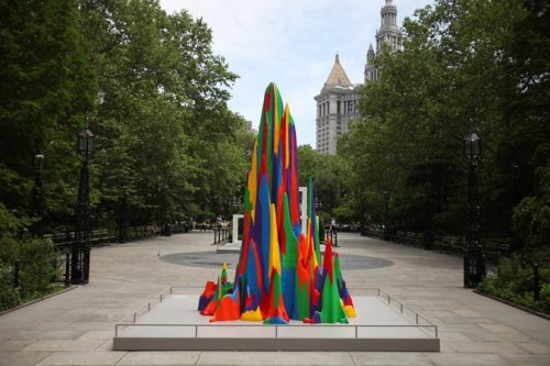The original inflationary model of the universe proposed that when our universe was only a tiny fraction of a second old, it underwent a brief, but stupendously accelerated expansion. The expansion took quantum fluctuations (on subatomic scales) and enlarged them to astronomically relevant dimensions. This idea (put forward by physicist Alan Guth) explained in one blow a number of otherwise perplexing features of our universe. For instance, observations of the cosmic microwave background show that our universe is geometrically flat. This is easy to understand in the context of the inflationary model. To a tiny ant on the surface of an enormous balloon, any local region would seem flat. Similarly, the cosmic microwave background is the same in all directions (isotropic) to within one part in a hundred thousand, because our entire observable universe expanded during inflation from a tiny region that had sufficient time to be smoothed out in the early universe.
Soon after the inflationary model was proposed, however, physicists Alex Vilenkin and Andrei Linde discovered that the model also has some unexpected consequences. In particular, the model seems to produce not just one universe, but rather an infinite ensemble of universes -- a multiverse! While our own universe seems to have had a starting point -- a Big Bang -- and it seems to be heading towards a cold death, this collection of "pocket" universes has no end, and indeed needs no beginning, with new "bubbles" continuing to pop up eternally.
The picture of "eternal inflation," if true, provides a new perspective on our place within the cosmic landscape. Not only do we live on a small planet, around a mediocre star, in one galaxy out of hundreds of billions of similar ones. Even our entire universe may be just one bubble (one that nonetheless allowed for complexity and life to emerge), out of an infinite ensemble.
Figure 1. "Kandinsky Universe," a simulation of eternal inflation by Andrei Linde. Credit: Andrei Linde.
Figure 2. Wassily Kandinsky's "Composition VII." The Tretyakov Gallery, Moscow (image in the public domain).
Andrei Linde carried out some numerical simulations of this ever self-reproducing inflation. In two dimensions, one of his simulations is represented in Figure 1, which Linde entitled a "Kandinsky Universe," because it reminded him of the abstract works of painter Wassily Kandinsky (e.g., Figure 2). Linde also produced simulations of an eternal inflation represented as a three-dimensional landscape (Figure 3), and those look extraordinarily similar to works of another artist, Sol Lewitt (Figure 4 shows the work "Splotch 15"). The correspondence between simulations of the cosmos and art brings to mind a witty quote from (who else?) Oscar Wilde: "Paradoxically though it may seem, it is none the less true that life imitates art far more than art imitates life!"
Figure 3. The fractal "landscape" resulting from eternal inflation. Credit: Andrei Linde.
Figure 4. Sol Lewitt's "Splotch 15." Credit: Spencer T. Tucker.



